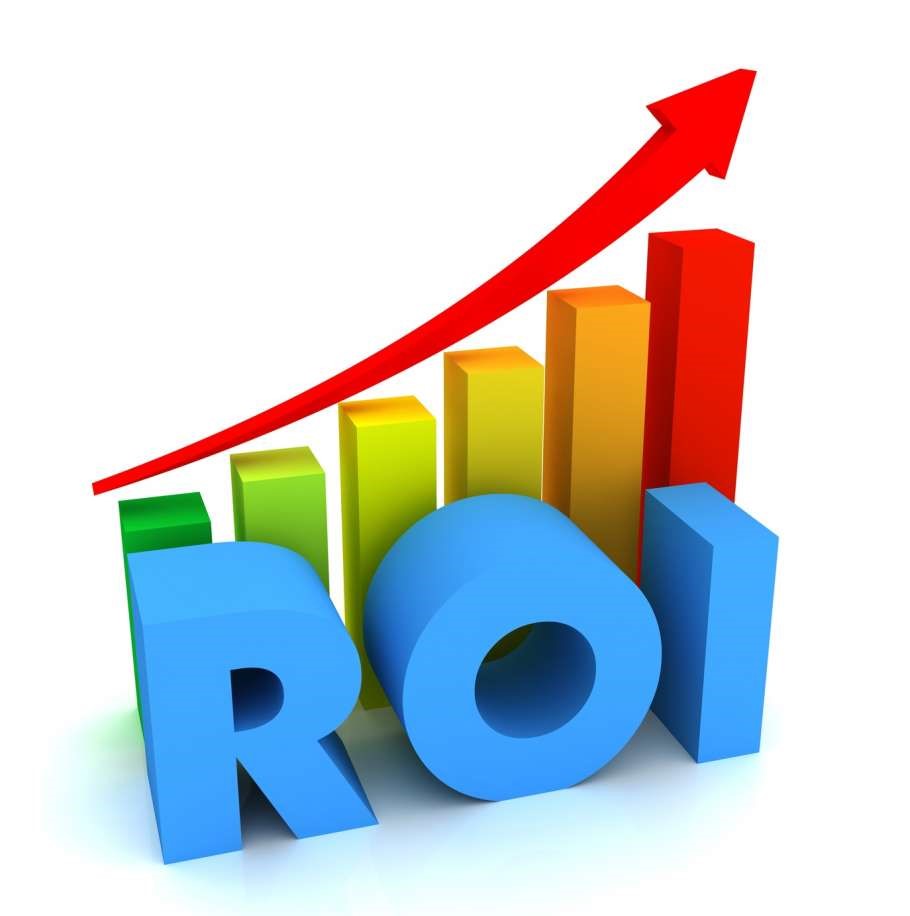

SHOULD I FLIP … OR SHOULD I HOLD? Residential Rental Properties … That Is! Second in a Series of 2 Articles
As CEO of KRS Holdings - a rental property management firm serving investors in Central Virginia - I have both personal and professional experience in two residential real estate investment strategies – “house flipping” and “buy and hold”. There is a place for each to be considered by residential property investors. In our last article in this series, we discussed flipping. My position is not to make a hard and fast case that you shouldn’t flip. However, you really must understand that it’s a business … not an investment. By way of contrast, in this issue of The Residential Investor Connection, we’ll tackle the residential rental investor world of “buy and hold”. As you read these two articles, be sure to keep this guiding principle in mind.
Which investment option is best for you based on your short and long-term objectives.
Buy & Hold – An Investment Strategy
An investment is an asset intended to produce income or capital gains. Investments can be anything an investor believes will produce income (usually in the form of interest or rents) or become worth more. By this definition, an investment is a vehicle to generate passive income. Develop sufficient passive income and you will be financially independent and not reliant on your daily work to provide for your welfare and that of your family. Reach that milestone and if it’s your choice … retire. Residential rental investment properties offer the opportunity to develop passive income with distinct advantages for the potential of asset appreciation, profitable cash flow and unique tax advantages. Asset Appreciation: There is plenty of historical evidence that buying and holding residential rental real estate is a proven formula to amass great wealth. Certainly here in the U.S., as well as globally, most sustaining fortunes were accumulated through land ownership. Even in the face of fluctuating real estate prices, properly purchased and maintained real property investments tend to rebound and appreciate in value over the long run. That’s due to increased population growth and demand for rentals in desirable areas. With a buy and hold strategy, you are investing in renters so choosing the appropriate market for your investment property is critical … one that is attractive to large groups of prospective tenants with the ability to consistently meet their financial responsibilities as renters, e.g. millennials, or seniors. Note: RealtyTrac® took a look at high-yield single family rental markets that are hidden gems. The survey included 473 counties nationally and then condensed down to 28 final contenders … one of which is Richmond City! So a long-term buy and hold strategy creates the potential to sell your property at a premium in an up market as well as to derive current income from positive rental cash flow. Additionally, borrowing against the appreciated equity provides an excellent springboard for financing other investment opportunities.

Cash Flow: Residential rental real estate is a source of immediate cash flow from rents. Renters pay every month. That means a steady source of income to you, the investor. Additionally, residential rental properties provides an inflation hedge since rental rates and investment cash flow usually rise by at least as much as the rate of inflation. Again, location, tenant selection and a well maintained property are all ingredients in the recipe of positive cash flow. As a rule of thumb … a good estimate is that half of your gross rental income will be expended on overhead, e.g. taxes, insurance, utilities, management, maintenance, repairs and turnover costs. Again, this is a rule of thumb and will not remain static year to year, but it’s a good long-term average to keep in mind. Note: The process of finding quality tenants, servicing their needs along with the maintenance and upkeep of the rental property can be both stressful and time consuming. Engaging a capable property management firm will prove cost-effective to ensure secure, ongoing, positive cash flow.

Tax Advantages: Residential rental real estate offers unique tax advantages for buy and hold investors. The primary four are:
- depreciation (writing off wear and tear of a commercial property); write-offs may offset incremental income you enjoy as the investor.
- tax deductions (mortgage interest, repairs and maintenance, etc.)
- sale of the property through a 1031 exchange, and will not have to pay capital gains taxes, as long as you invest the money into a similar property type.
- Borrowing against the appreciated equity to finance other investments is often a desirable tactic since the mortgage interest is tax deductible.
Together these tax advantages add yet more value to your investment in residential rental properties.
Summary
To compare and contrast house flipping and buy and hold strategies consider this. House Flipping is a business … not an investment … it does not yield passive income. Your profits will be one-time - earned income project-to-project. House flipping is work! Flipping must be treated as a business that requires constant attention to research, market trends, personal time commitment as well as workers and employees. It is a management-intensive endeavor. Buy and Hold is an investment strategy to generate passive income. Residential rental investment properties offer the opportunity to develop passive income with distinct advantages for the potential of asset appreciation, profitable cash flow and unique tax advantages. Develop sufficient passive income and you will be financially independent and not reliant on your daily work to provide for your welfare and that of your family. Reach that milestone and if it’s your choice … retire. Personal Preference and Professional Bias … Buy & Hold!







